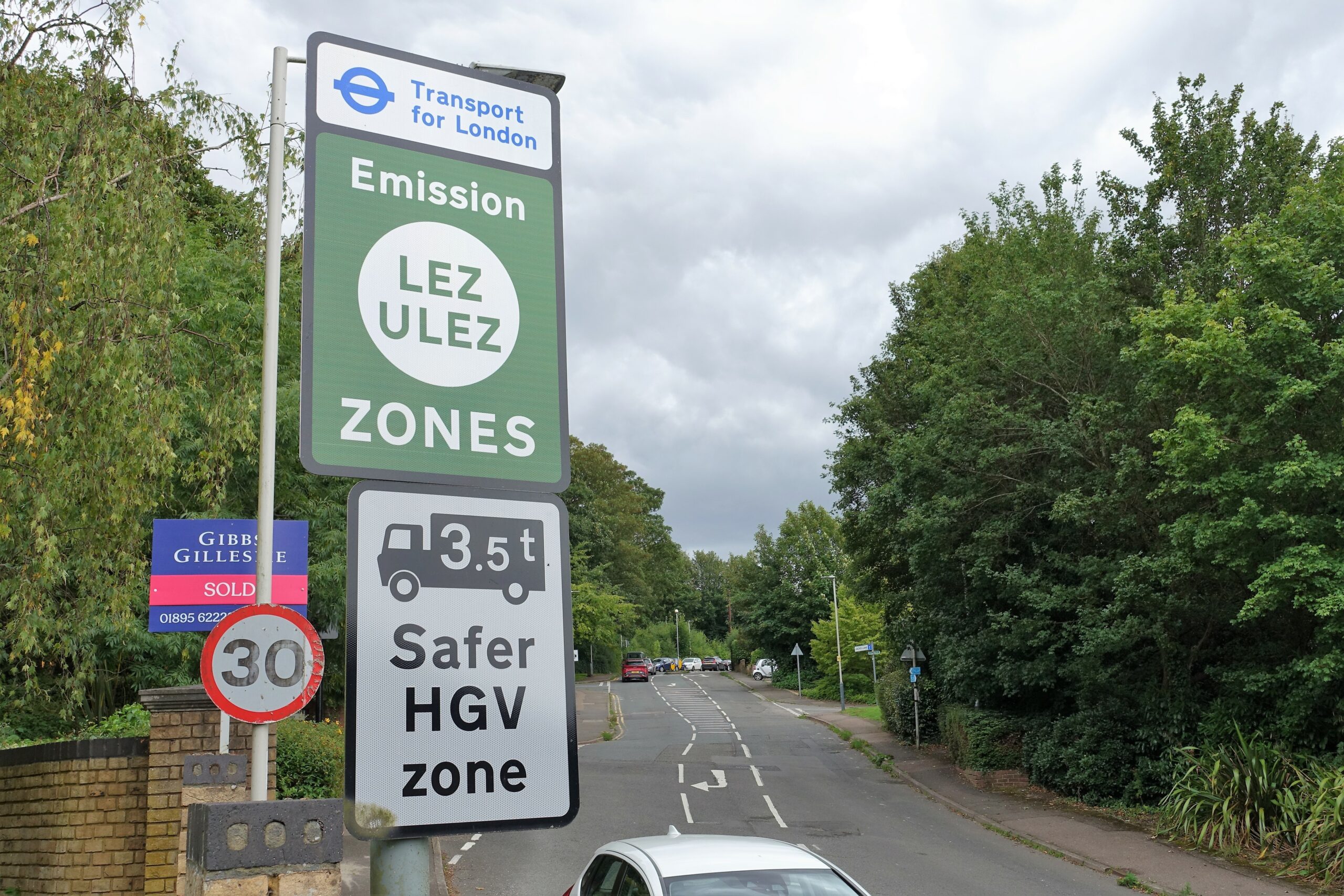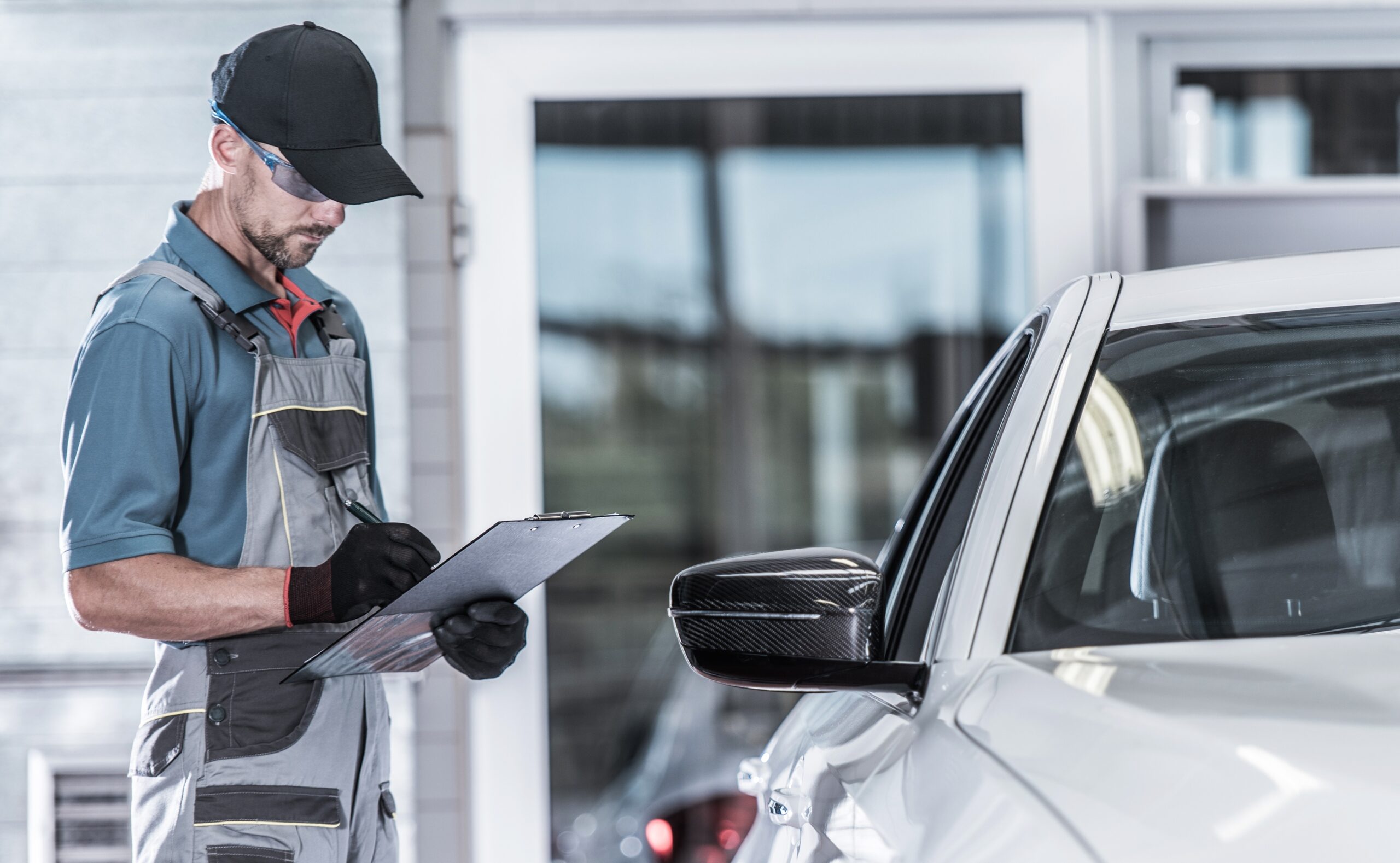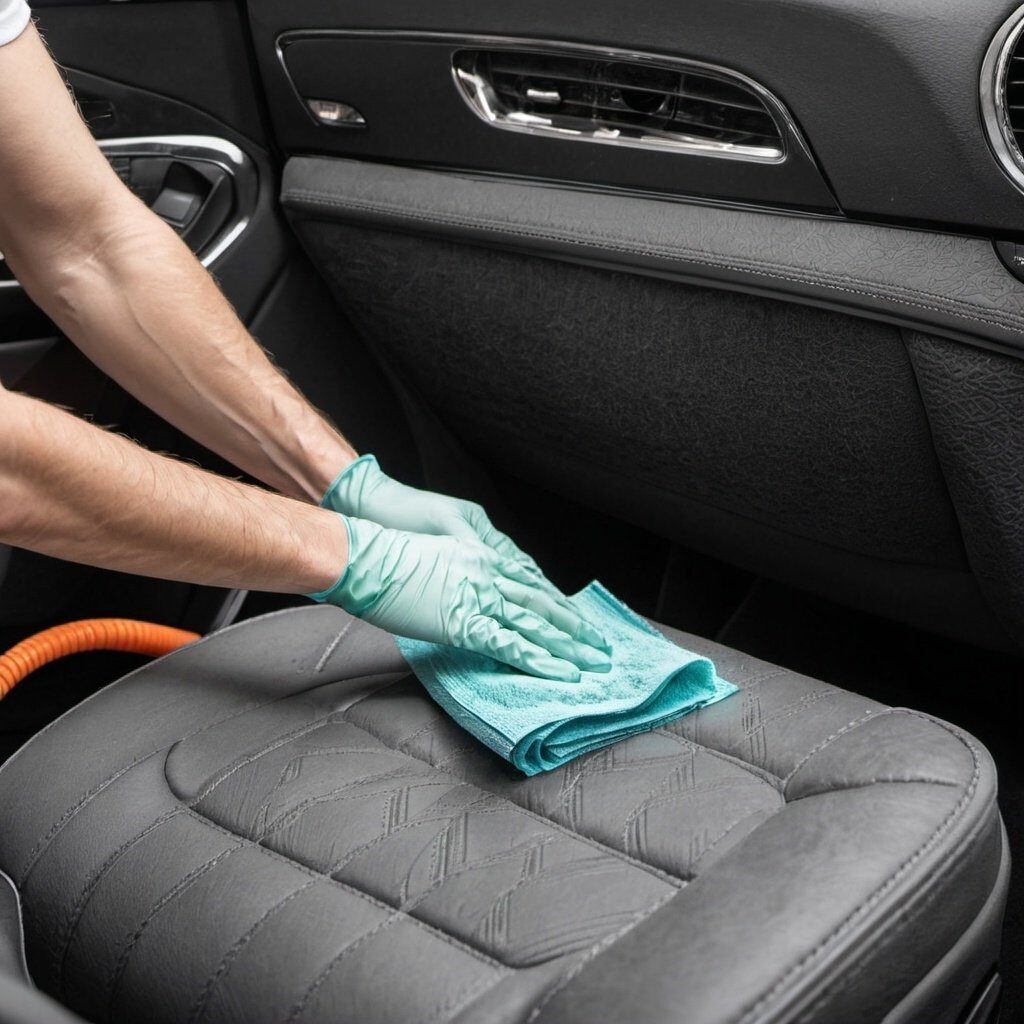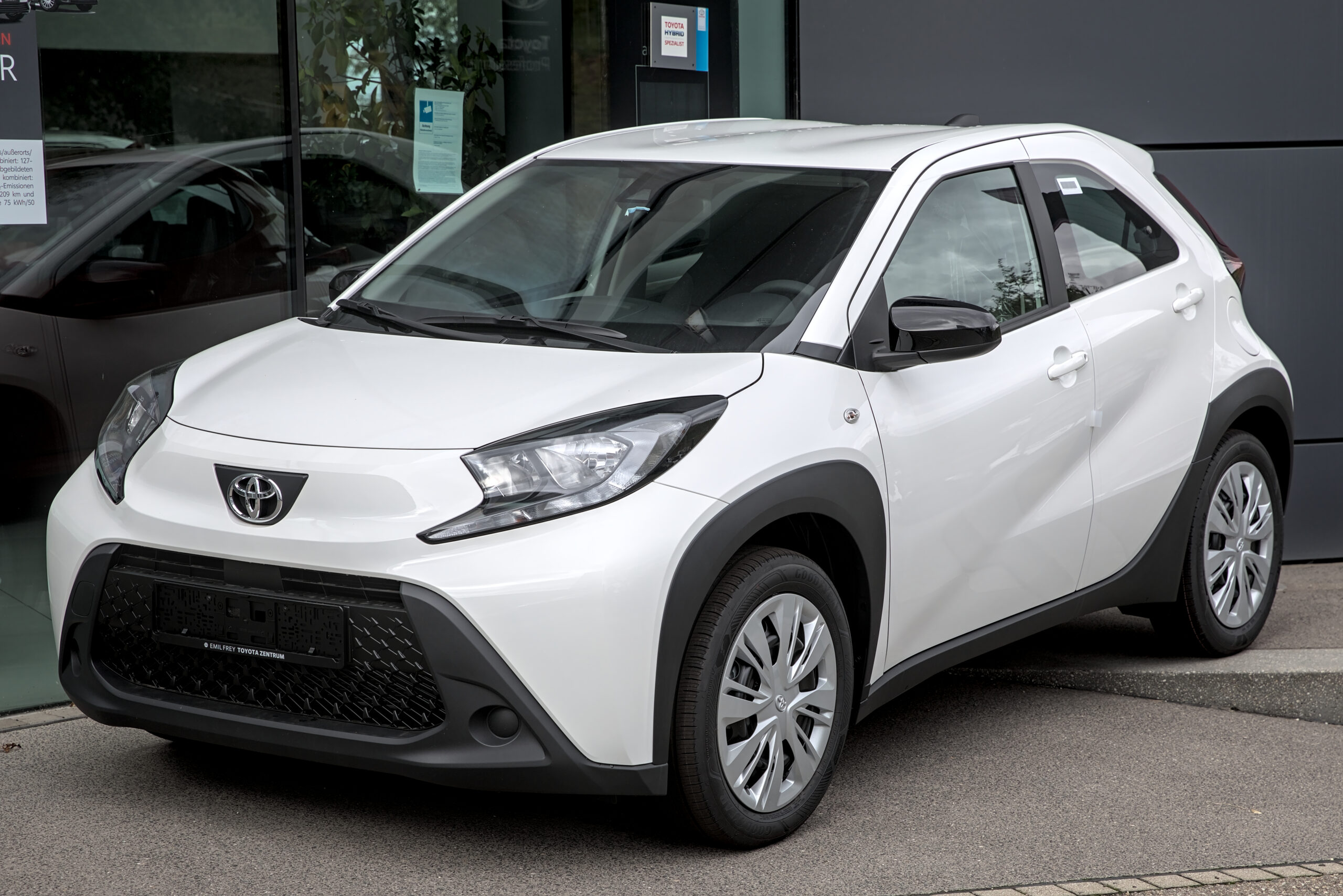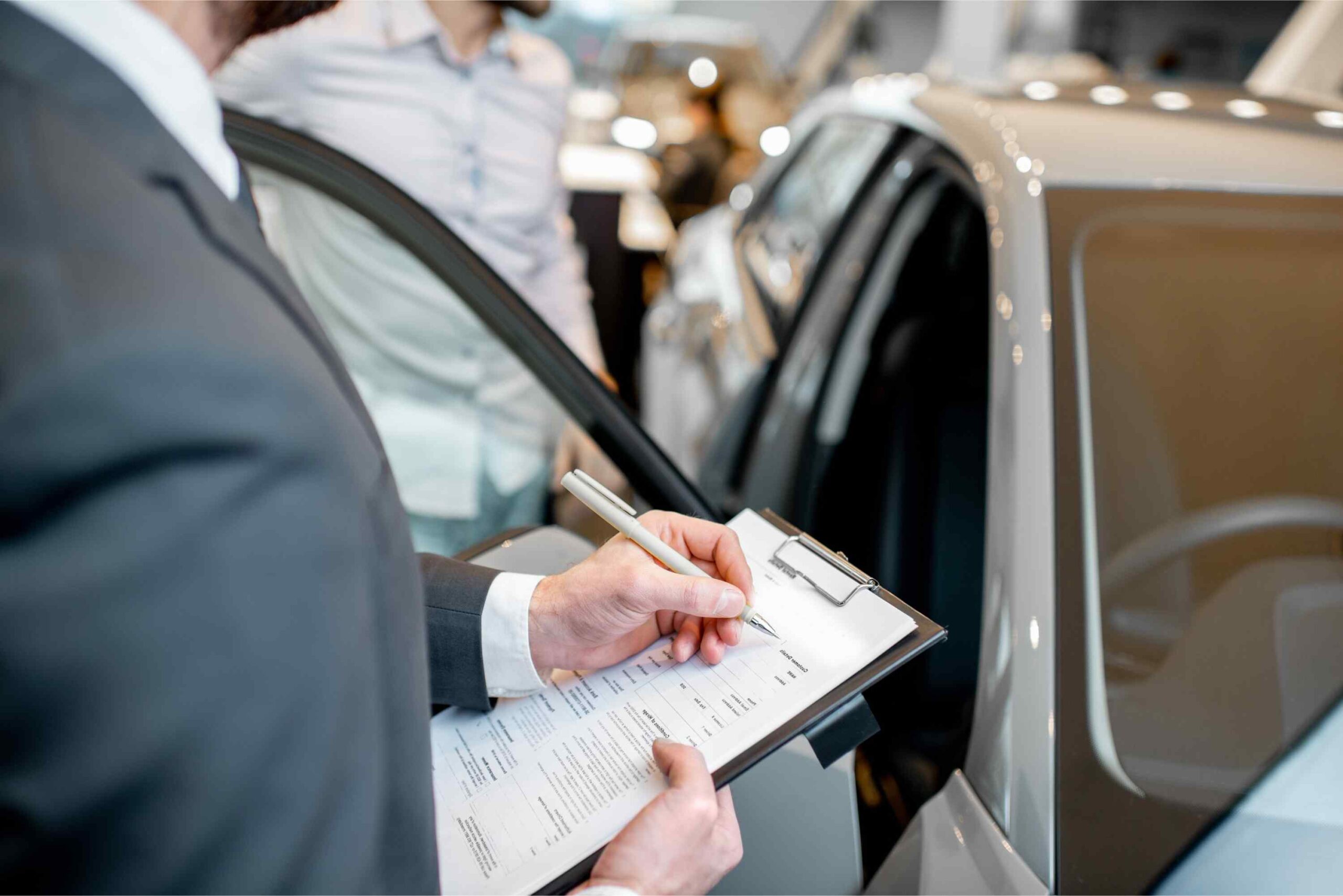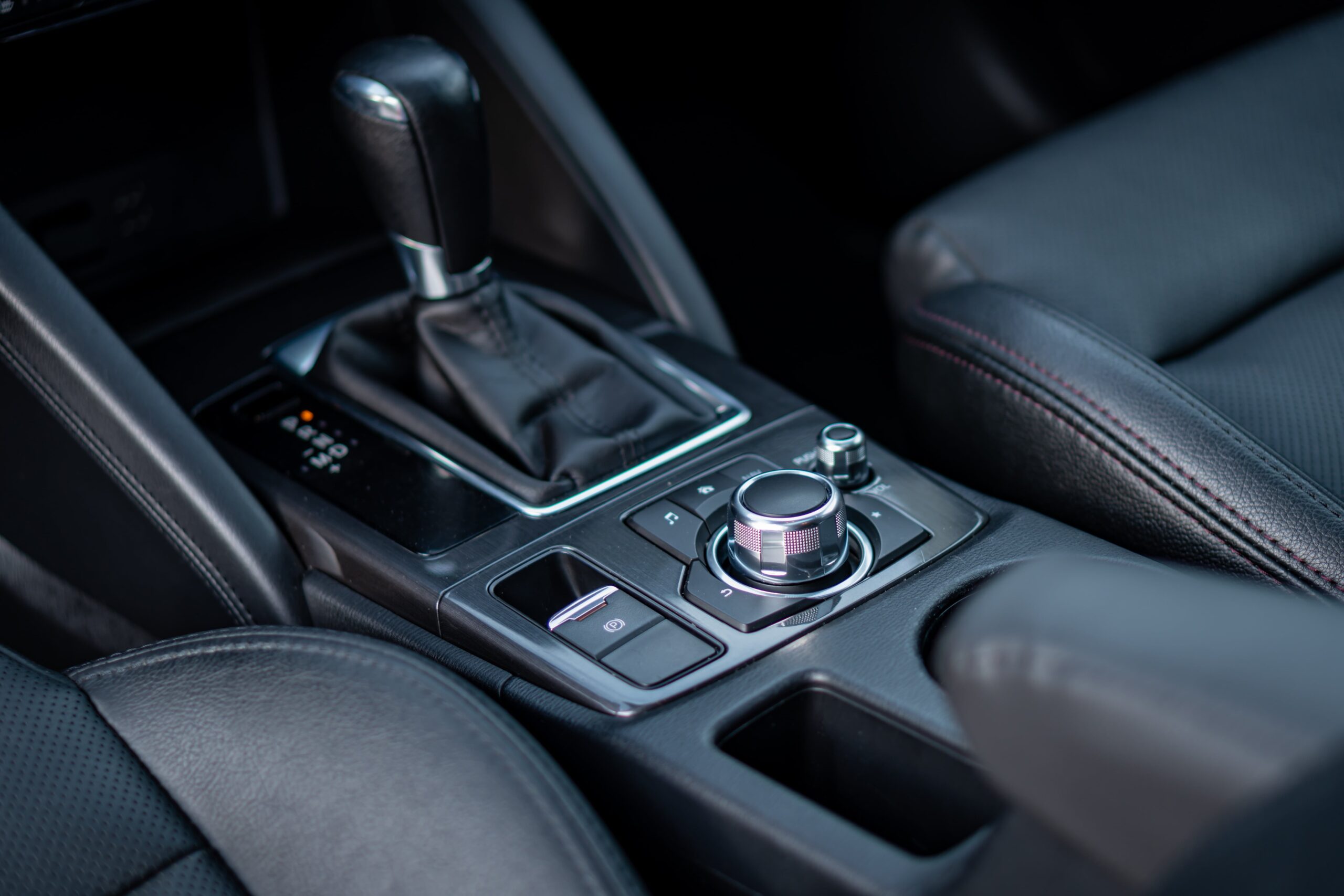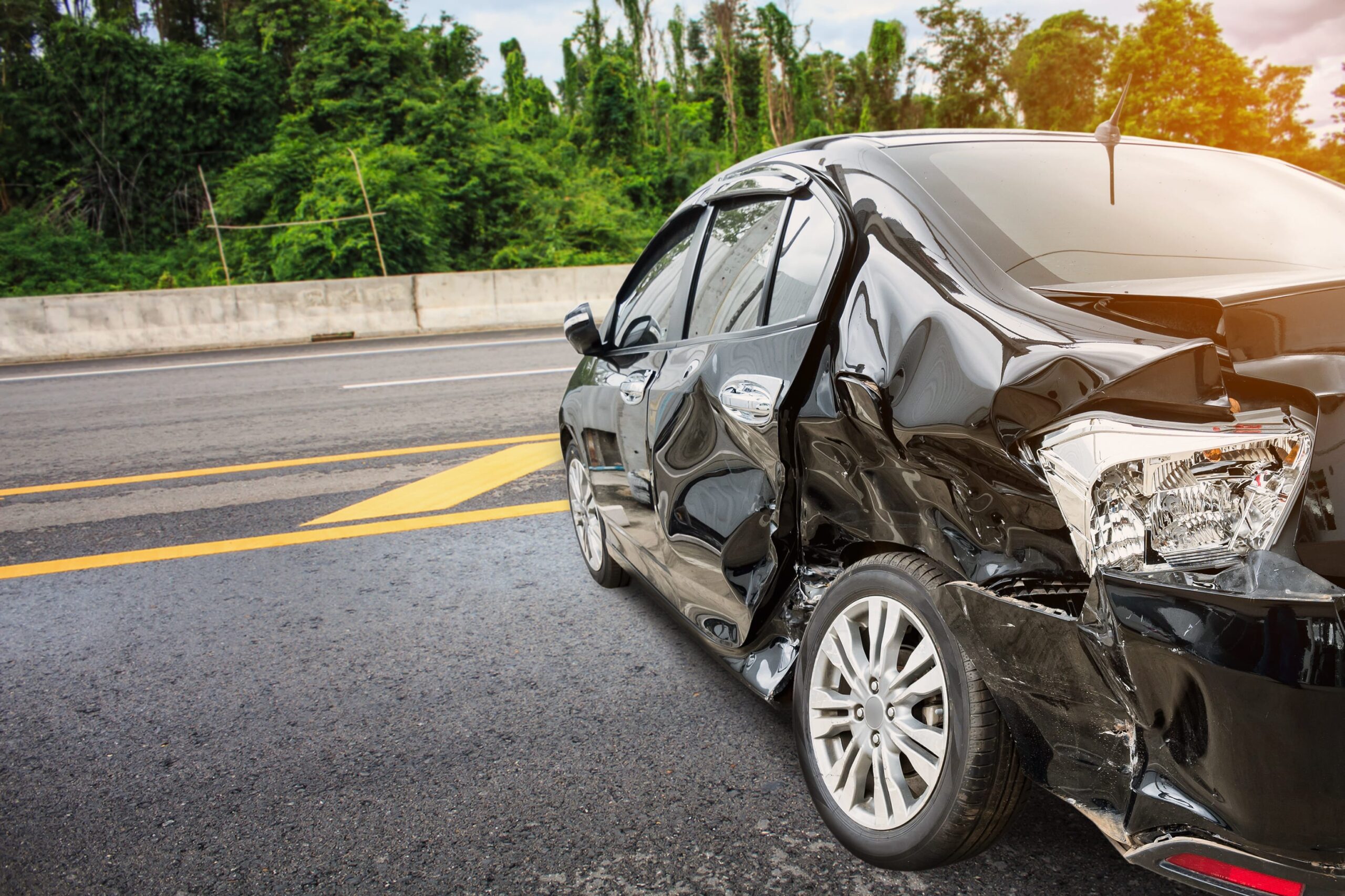
What Documents Do I Need to Sell My Car in The UK?
When you decide to sell your car, there are a few documents you will need to have in order to complete the sale.
In this blog post, we’ll outline what those documents are and provide some tips on how to prepare them. By having all the necessary documents ready, you can make the process of selling your car as smooth and stress-free as possible. So read on for more information!
The first question you might be asking is, “what paperwork do I need to sell my car?” In order to answer that, we’ll need to take a look at the different types of documentation that might be required, depending on the specific circumstances of the sale.
While there are some essential documents that you will always need, others may only be required in certain cases.
Here is a list of potential documents you may need to sell your car:
1. The Car’s Registration Certificate (V5C)
This document, also known as the V5C or logbook, is issued by the DVLA and it’s one of the most important documents you’ll need when selling your car. The V5C confirms that you are the registered keeper of the vehicle and it will need to be transferred to the new owner once the sale is complete.
If you don’t have the V5C, you can request a replacement from the DVLA. It’s important to note that it can take up to six weeks for the replacement V5C to arrive, so if you’re selling your car on a tight timeline, this might not be the best option. However, now, you can simply complete this part online in an even easier way.
When it comes to transferring ownership, both the buyer and seller will need to sign the V5C. Once the form is complete, it should be sent to the DVLA so that they can update their records. The new owner will receive a V5C with their name on it within two weeks.
Sell your car effortlessly and for good money!
Discover how much your car is worth! Get the instant offer by entering just two details about your car.
2. A Valid MOT Certificate:
In order to sell your car, it must have a valid MOT certificate. The MOT is a yearly test that assesses a vehicle’s safety and roadworthiness. If your car doesn’t have a valid MOT certificate, the new owner will not be able to register it in their name.
You can check the status of your car’s MOT online using DVLA’s MOT history service. If your car’s MOT has expired, you will need to get it re-tested before you can sell it.
3. Service History
If you have a service history for your car, this can be helpful in establishing its value and proving that it has been well-maintained. The new owner may also find this information useful when it comes to future servicing and repairs.
Your service history is a big selling point, so make sure it’s been stamped whenever they hand back the keys!
Full-service books are important for increasing car value. If you don’t have receipts from services done or want them added to your current book then try going to any garage wherever that has happened and asking them about getting things stamped.
4. Insurance Repairs History
If your car has been involved in any accidents or had any insurance claims made against it, this will be reflected in the car’s history. This information can be useful for the new owner, as it will give them an idea of any potential problems that may arise in the future.
Honesty is the best policy here – if there’s anything in the car’s history that could potentially be a problem for the new owner, it’s better to disclose this upfront so that they can make an informed decision about whether or not to go ahead with the purchase.
5. Parts Receipts
If you have replaced any parts of the car, it’s a good idea to keep hold of the receipts. This will serve as proof that the parts are of good quality and were fitted correctly. It’s also a good way to show that you have taken care of the car and kept on top of any necessary repairs.
Especially if you own an older car, original parts are important. They can be hard to come by and are often very expensive. Newer cars will have a warranty which you can transfer to the new owner, but for older cars, parts receipts will give the new owner some peace of mind.
6. Remaining Car Warranty
If your car is still under warranty, this is another big selling point. The new owner will be able to take advantage of any remaining cover, which could save them a lot of money in the future.
You’ll need to tell the provider that you’re selling the car and provide them with the new owner’s details. They will then be able to transfer the warranty over to the new owner.
Be sure to check the terms and conditions of your warranty before you sell the car, as some providers will only cover the car for a certain period of time after it has been sold.
7. Number Plate Retention Form (V317) (If Applicable)
If you want to keep your car’s number plate, you’ll need to fill out a V317 form and send it to DVLA. You can then transfer the number plate to your new car.
Number plates are personalised, so if you have a particularly special or rare one, you may want to keep it for your new car. However, if you do want to keep the number plate, you’ll need to let the DVLA know and fill out a V317 form.
There are two options, you can transfer straight to the new car, or you can retain the number plate and put it on retention. This means that you can keep the number plate for up to 10 years and put it on any car you want in that time.
Here you can easily apply for a number plate retention online.
8. The Car Owner’s Handbook
The Car Owner’s Handbook is a great resource for anyone who owns a car in the UK. It contains all the information you need to know about your car, from how to keep it running smoothly to what to do in an emergency. It also contains the car specifications like fluid capacities, tyre pressures and service intervals.
If you’re selling your car, it’s a good idea to give the handbook to the new owner. This way, they’ll have all the information they need to keep the car in good condition and avoid any problems down the road.
Conclusion
When it comes time to sell your car, there are a few things you need to do in order to make the process as smooth as possible.
Make sure you have all of the relevant paperwork on hand, including the car’s registration document (V5C), proof of insurance and MOT certificate (if required).
Get everything in writing using a Bill of Sale to avoid any misunderstandings down the line.
Once you’ve completed these steps, it’s time to transfer the ownership of the car to the new owner and cancel your insurance policy. Congratulations on selling your car!
If you’re looking to sell your car, then get in touch with our team. We make the process as simple and straightforward as possible, so don’t hesitate to get in touch!
Sell your car effortlessly and for good money!
Discover how much your car is worth! Get the instant offer by entering just two details about your car.

